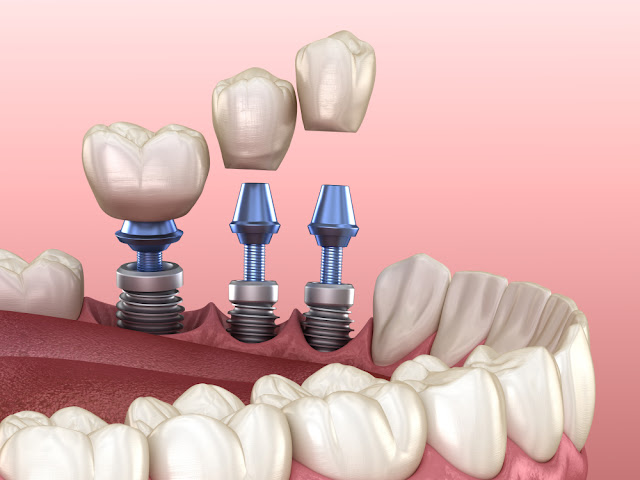Wisdom Teeth Removal in Petlad: A Comprehensive Guide for Pet Owners
As responsible pet owners, we constantly strive to ensure the well-being and health of our furry companions. One common dental concern that pet owners may face is the removal of wisdom teeth. Wisdom teeth, or third molars, can cause various issues if left untreated in our pets. In this blog post, we will explore wisdom teeth removal in Petlad, providing valuable information and answering frequently asked questions to help you make informed decisions for your beloved pets.
Understanding Wisdom Teeth in Pets:
What are wisdom teeth?
Wisdom teeth are the third set of molars that typically erupt in the late teenage years or early adulthood. In pets, they serve no functional purpose and can often lead to complications.
Why do pets need wisdom teeth removal?
Due to the size of their jaws and the evolution of their diet, most pets do not have sufficient space for wisdom teeth to erupt properly. As a result, these teeth can become impacted or partially erupted, leading to pain, infection, and dental issues.
How do I know if my pet requires wisdom teeth removal?
If you notice any signs of discomfort, such as difficulty eating, swelling, bad breath, or excessive drooling, it's essential to consult a veterinarian. They will perform a thorough examination, including dental X-rays, to determine if wisdom teeth removal is necessary.
Wisdom Teeth Removal in Petlad: The Procedure:
What is the procedure for wisdom teeth removal in pets?
Wisdom teeth removal in pets involves a surgical procedure performed under general anesthesia. The veterinarian will carefully extract the affected teeth, ensuring minimal pain and discomfort for your pet.
Is anesthesia safe for my pet?
Modern veterinary anesthesia is generally safe for pets when administered by a trained professional. Prior to the procedure, your veterinarian will evaluate your pet's overall health and discuss any potential risks or concerns.
How long does the recovery process take?
Recovery time varies depending on the pet and the complexity of the extraction. Your veterinarian will provide detailed post-operative care instructions, including pain management and a recommended diet. Most pets recover within a week or two.
Frequently Asked Questions:
Can wisdom teeth grow back in pets?
Once wisdom teeth are properly removed, they will not grow back.
Are all pets susceptible to wisdom teeth issues?
Not all pets will experience problems with their wisdom teeth. However, certain breeds, such as brachycephalic breeds (e.g., Bulldogs, Pugs), have a higher risk due to their shorter snouts and dental structure.
Are there any alternative treatments to wisdom teeth removal?
In some cases, if the wisdom teeth are not causing any issues, close monitoring may be an option. However, it is important to consult with a veterinarian to assess the specific situation and determine the best course of action.
Conclusion:
Wisdom teeth removal in pets is a common dental procedure that can prevent discomfort, infection, and other dental complications. By staying vigilant and recognizing the signs, pet owners can ensure their pets' oral health and overall well-being. If you suspect that your pet may require wisdom teeth removal, it is crucial to consult a veterinarian in Petlad who specializes in dental care to discuss the best treatment options available. Remember, regular dental check-ups and preventive care can go a long way in maintaining your pet's dental health.

.jpg)


Comments
Post a Comment